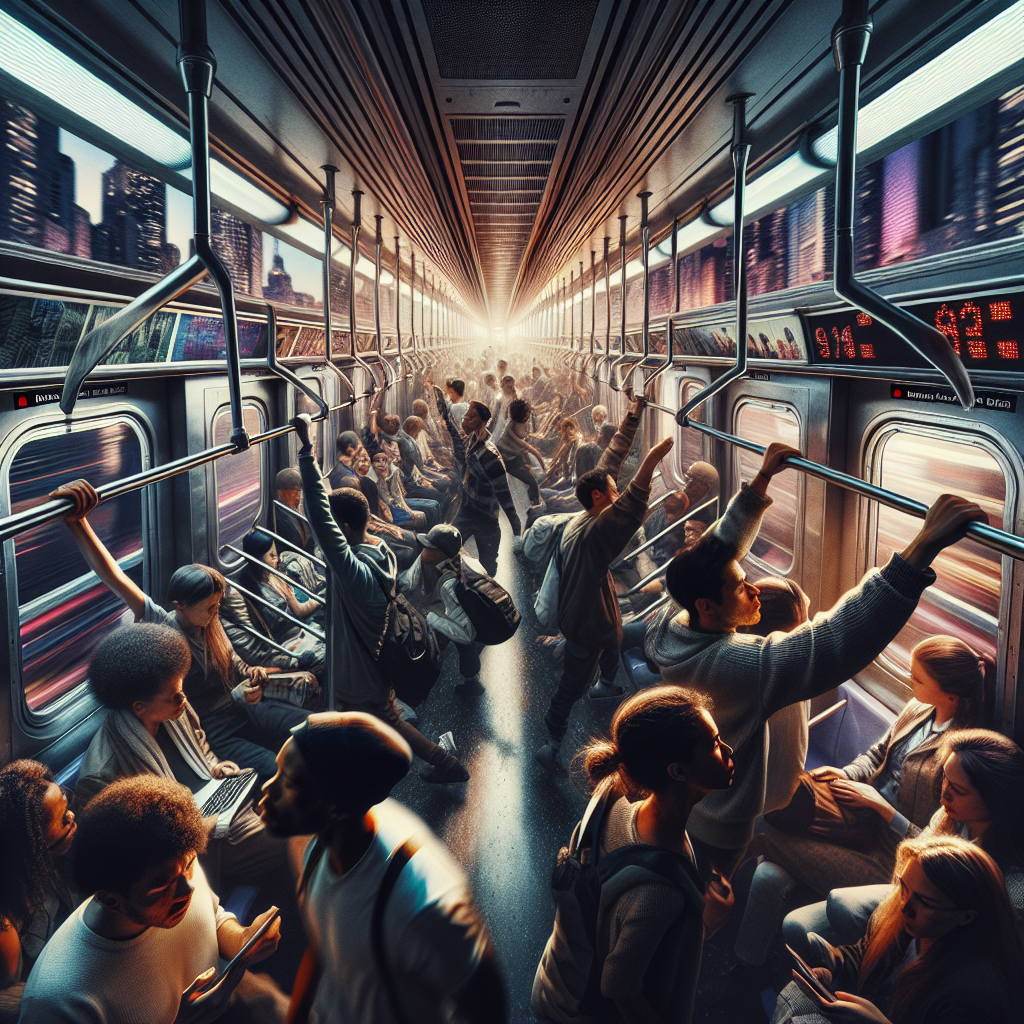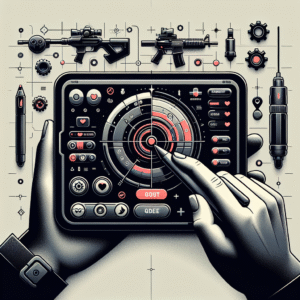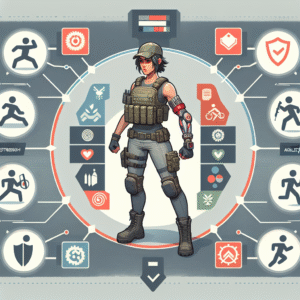Subway Smash: Navigating Urban Chaos
Subway Smash: Navigating Urban Chaos is an increasingly popular phenomenon in cityscapes worldwide. The concept revolves around the challenges faced within densely populated public transit systems, particularly subways, in bustling urban environments. As city populations swell, the pressure on subway systems intensifies, leading to unique obstacles for commuters. This article explores the multiple dimensions of navigating urban chaos within subways, unpacking the intricacies of peak-time influxes, infrastructural challenges, technological innovations, and the human experience.
Urban subways face monumental challenges that stem from rising urban populations. In burgeoning metropolises like New York, Tokyo, and London, subway systems must accommodate millions of daily passengers. Studies indicate that in 2020, Tokyo’s subway system catered to over 3.4 billion commuter journeys annually. This extraordinary figure highlights the strain on infrastructure and the pressing need for efficient systems to manage such colossal demand.
One primary challenge is congestion. During peak hours, when commuters flood platforms, trains often operate at capacity, resulting in delayed schedules and overcrowding. In New York City’s subway system, the MTA reports an average weekday ridership of approximately 5.5 million passengers, leading to an almost continuous state of congestion. To navigate this urban chaos effectively, commuters employ strategies such as adjusting travel times, using real-time mobile apps to check train schedules, and opting for alternative routes when necessary.
In response to congestion, there has been significant investment in infrastructural advancements. Subway systems globally are prioritizing enhancements to handle increased passenger flow efficiently. For instance, New York City’s Second Avenue Subway extension, completed in 2017, aims to alleviate pressure on the heavily trafficked Lexington Avenue line. Likewise, London’s Crossrail project, known as the Elizabeth Line, has been designed to expand capacity and reduce travel times across the city by introducing new, faster routes.
Technology integration plays a pivotal role in navigating urban chaos within subways. Modern digital solutions streamline operations and enhance commuter experience. Mobile applications like Citymapper and Moovit offer real-time data on train schedules, platform changes, and service disruptions. These apps enable commuters to make informed decisions, reducing uncertainty and stress during travel. Additionally, contactless payment systems have revolutionized subway entrances, expediting passenger flow and minimizing the need for physical tickets.
Safety and security measures are critical components in managing urban subway chaos. Effective crowd management strategies and emergency response systems are essential to ensuring passenger safety. Many subway systems incorporate surveillance technologies, like closed-circuit television cameras and automated alert systems, to monitor activity and respond swiftly to incidents. In Tokyo, for example, anti-groping campaigns and women-only cars during peak hours illustrate proactive measures taken to safeguard passengers, particularly women.
Cultural factors significantly influence the navigation of urban chaos in subways. Societal norms and commuter behavior vary globally, impacting how challenges are managed. In Tokyo, orderly passenger queues and quieted conversations are common, contributing to efficient movement. Conversely, New York and London subways often showcase more vibrant, bustling atmospheres, with dynamic interactions among commuters. Understanding cultural nuances aids in creating tailored strategies to optimize subway navigation.
The economic implications of subway systems are notable contributors to urban growth. Efficient public transit bolsters economic activity by facilitating access to jobs, education, and services. Investing in subway infrastructure can lead to increased property values, as accessibility to reliable transit makes locations more desirable. Cities that prioritize transit-oriented development often experience significant economic benefits as businesses thrive in well-connected areas.
Commuters’ mental and emotional experiences are vital considerations in discussing subway chaos. Crowded, noisy environments can lead to heightened stress and anxiety levels. Implementing measures to improve commuter comfort and satisfaction, such as air-conditioned trains, noise reduction techniques, and improved seating design, can make significant differences. Many cities are also leveraging art installations and digital displays to enrich the commuter environment, transforming mundane transit spaces into engaging cultural experiences.
The environmental impact of subway systems cannot be overstated. Subways offer a greener alternative to personal car travel, reducing carbon emissions and promoting sustainable urban living. A report by the International Association of Public Transport suggests that one full commuter train can replace hundreds of cars on the road, significantly lowering citywide emissions. Investing in electric and energy-efficient train technologies further enhances the environmental benefits of robust subway systems.
Public policy plays an instrumental role in shaping the future of subway systems amid urban chaos. Governments must allocate funding for infrastructure development, regulate service providers effectively, and engage in comprehensive urban planning to accommodate growing populations. Increased collaboration between public and private sectors can lead to innovative solutions, including public-private partnerships that leverage shared resources and expertise.
Urban planners face the challenge of integrating subway systems within existing cityscapes without causing disruption. Constructing new lines involves careful consideration of urban geography, existing infrastructure, and community impact. Subways must be strategically placed to merge with other transportation modes, like buses, bikes, and pedestrian paths, creating seamless, intermodal networks for city dwellers.
In conclusion, Subway Smash: Navigating Urban Chaos encapsulates the dynamic and multifaceted journey of maintaining and enhancing subway systems in today’s rapidly evolving urban centers. To ensure that these critical transit networks effectively serve growing urban populations, it is essential to continue exploring and implementing innovative solutions in infrastructure, technology, cultural adaptation, and public policy. The success of these endeavors will determine the ease and efficiency with which commuters navigate the labyrinthine chaos of urban subways.












Post Comment